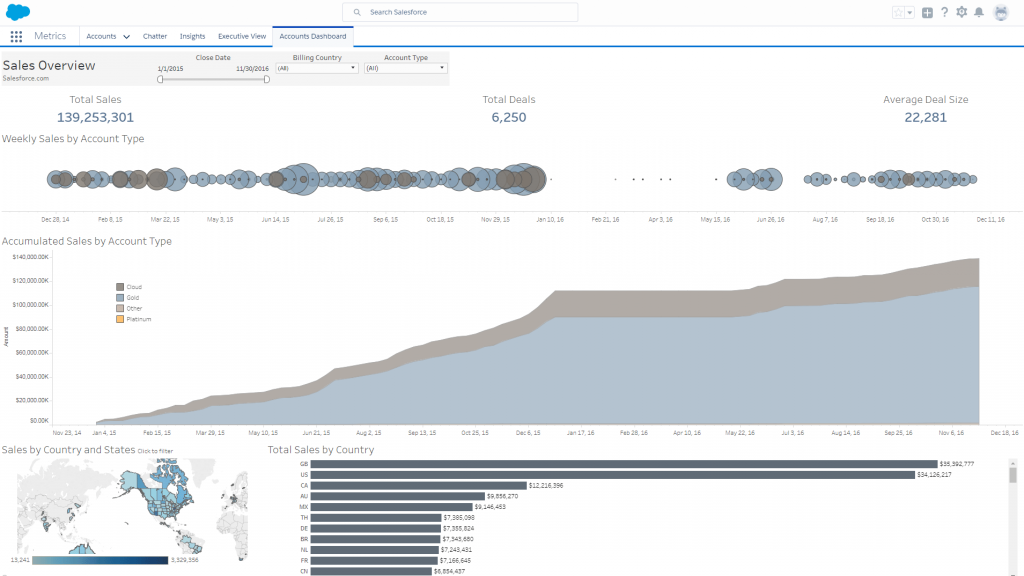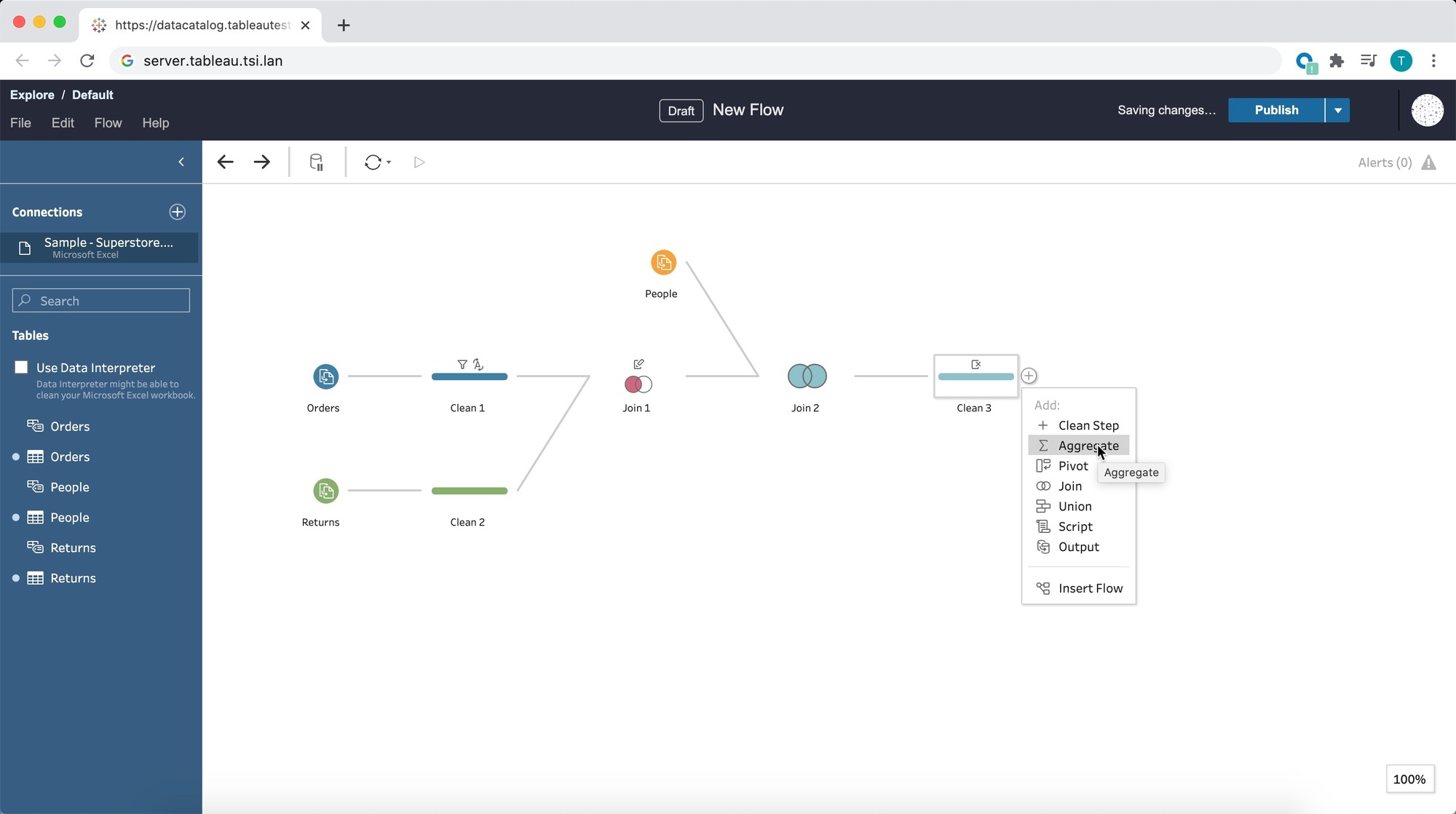

Tableau public mobile android#
Here’s how the original design with team names in Arial Black font looks on a desktop device.īut when this same exact visualization is rendered on my Android phone, Arial Black reverts to Arial without any font formatting.įortunately for me, in this case, I had a suitable alternative which was to apply Bold formatting to the Arial Black font while I was authoring. For example, while Arial, which is the godfather of websafe fonts, may render consistently across devices, its closely related family member, Arial Black, does not. In Google Analytics, you can add a secondary dimension for “Browser Size” and/or check out the Devices report at Audience > Mobile > Devices.Īnother thing I learned on this project is that fonts I believed to be web safe fonts don’t necessarily render the same between desktop and mobile devices. If this ratio is flipped for you, as with my sportswriter friend mentioned above, I suggest digging deeper to find out which mobile devices are most common for your visitors so you can choose the best dashboard dimensions. Again, not to say we don’t try to provide a good user experience for this type of visitor, but if this is the case, there will likely be other tactics we will prioritize above creating a mobile-friendly experience. Here’s a snapshot of Playfair Data’s traffic:Īs you can see, mobile and tablet users combined are making up right at 10% of our traffic.

Tableau public mobile free#
We use a free web analytics tool called Google Analytics, with a breakdown of Desktop / Mobile / Tablet users located at Audience > Mobile > Overview. To determine if you need a mobile first design, I recommend interviewing your stakeholders to determine how they want to consume your reports and/or check your web analytics to see where people are actually viewing your dashboards. The theory is nearly everyone has a smartphone so it would make sense intuitively that an increasing share of your audience will view your content on those smartphones, right? Right? As with most things in analytics: it depends. Much has been made of optimizing content for mobile. This dashboard tracks the NFL power rankings for a friend of mine who is a sportswriter – and who happens to get most of his reads through Google search on phones. Keep reading to see the mobile-first visualization and what I learned creating it!ĥ tips for optimizing Tableau dashboards for mobile devicesīefore I share my suggestions, take a look at the visualization that inspired this post.
Tableau public mobile how to#
This post discusses how to (1) determine if you should consider a mobile first design, (2) scroll multiple sheets at once and eliminate default scroll bars completely, (3) use device-specific dashboards with mobile, and more. Going through the experience of designing a Tableau dashboard primarily for mobile, I picked up several tricks that I feel need to be shared.

Not to say that we don’t create ‘device-specific dashboards’ to provide a better experience for the occasional tablet or phone user, but I had never optimized for them first. That’s right – 90% of Playfair Data traffic comes through desktop devices and most of our consulting engagements involve creating dashboards for desktop users, so the analytics simply haven’t supported us optimizing for mobile first. It’s hard to believe, but I recently completed my very first mobile first Tableau dashboard design.


 0 kommentar(er)
0 kommentar(er)
